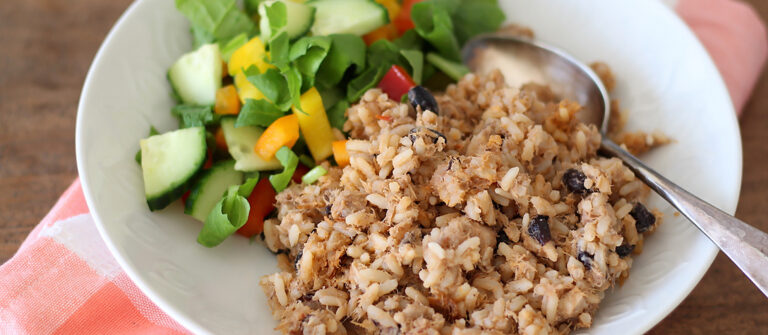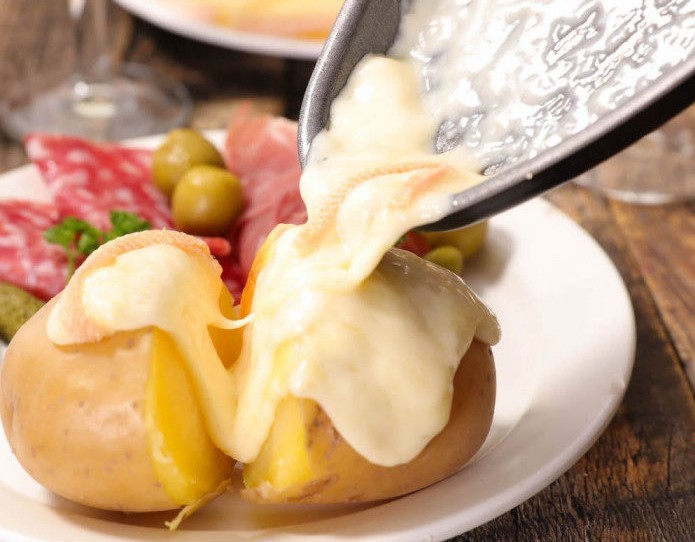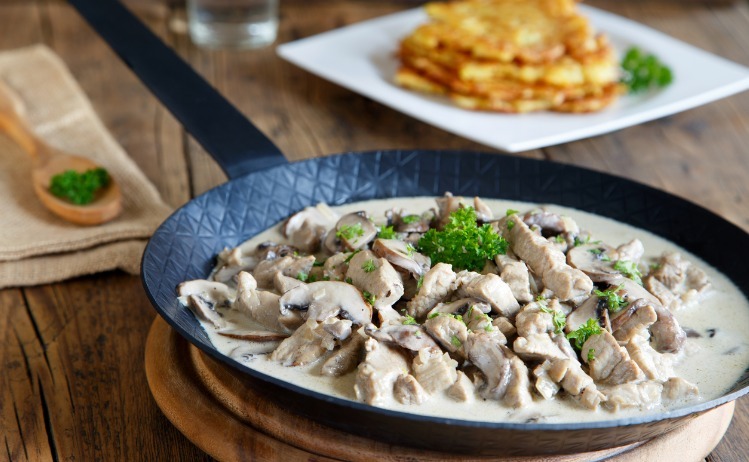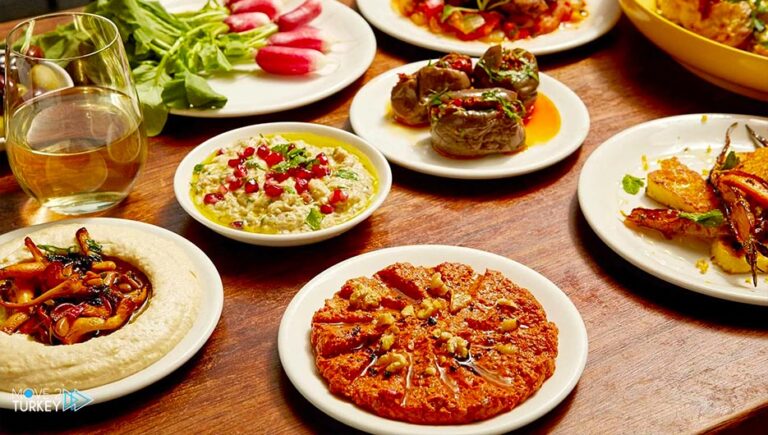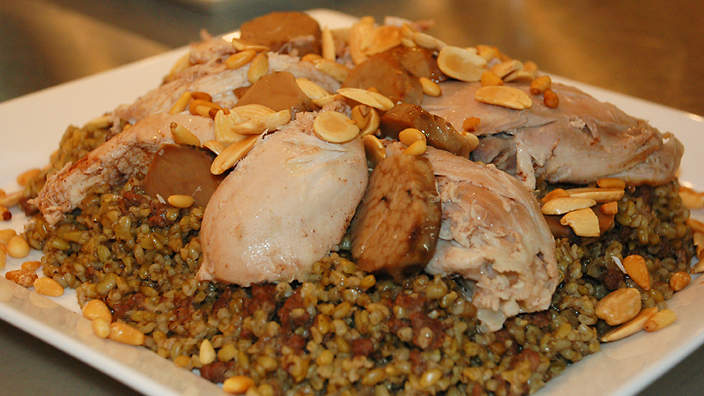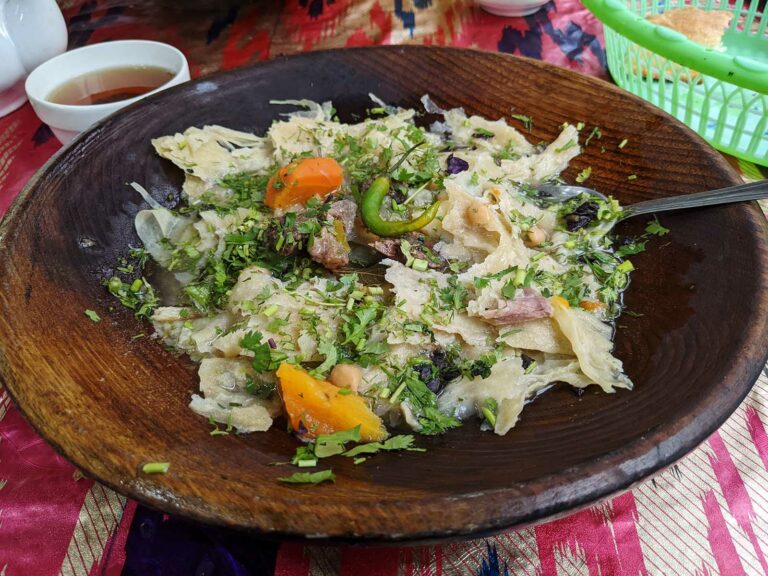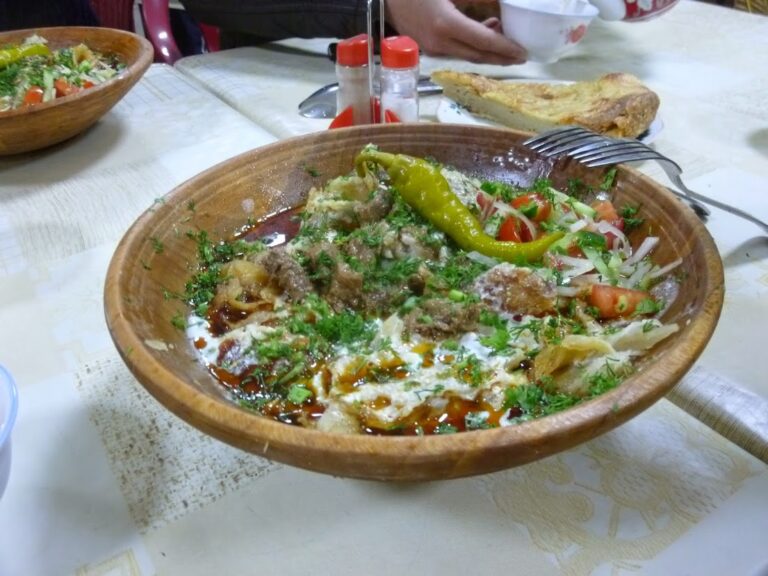Introduction: Street Food in Suriname
Street food is an essential aspect of Surinamese cuisine. The country is renowned for its diverse culinary culture, which includes a variety of street food options. Street food vendors are present throughout Suriname, offering local delicacies at affordable prices. However, many visitors to Suriname might be hesitant to try street food due to concerns about food safety. This article aims to provide information about the safety of street food in Suriname, including the risks involved, food safety regulations, and best practices for safe street food consumption.
Understanding the Risks of Street Food
Street food is often associated with foodborne illnesses due to its preparation and storage conditions. Street food vendors prepare food in open-air environments, often without access to running water or refrigeration. This can increase the risk of contamination from pathogens such as bacteria, viruses, and parasites. Additionally, the lack of hygiene practices and food safety regulations can further compound these risks.
Food Safety Regulations in Suriname
The Surinamese government has implemented food safety regulations to protect consumers from foodborne illnesses. The Ministry of Public Health is responsible for enforcing these regulations, which include hygiene standards for food preparation, storage, and handling. Street food vendors in Suriname are required to obtain a food handler’s certificate and comply with these regulations. However, enforcement of these regulations can be challenging, and some vendors may not adhere to them.
Common Street Food Items in Suriname
Suriname’s street food scene offers a range of options, including savory snacks, sweet treats, and refreshing drinks. Some of the most popular street food items in Suriname include roti, bara, pom, and bakabana. Roti is a staple dish in Suriname, made with a thin flatbread wrapped around a filling of curried vegetables, chicken, or goat. Bara is a deep-fried dough ball filled with spiced potatoes or chickpeas. Pom is a baked dish made with cassava, chicken, and spices. Bakabana is a sweet and crispy treat made with ripe plantains.
Best Practices for Safe Street Food Consumption
To minimize the risk of foodborne illnesses when consuming street food in Suriname, it is essential to follow some best practices. These include choosing vendors who have a food handler’s certificate and are complying with food safety regulations, observing the hygiene practices of the vendor, and avoiding food that has been sitting out at room temperature for an extended period. It is also advisable to only consume fully cooked food and to avoid raw or undercooked meat, fish, and eggs.
Conclusion: Making Informed Choices about Street Food
Street food is an integral part of Suriname’s culinary culture, and visitors to the country should not miss the opportunity to indulge in these local delicacies. However, it is essential to be aware of the risks involved and take precautions to ensure safe consumption. By following best practices, including choosing reputable vendors and only consuming fully cooked food, visitors can enjoy the delicious flavors of Suriname’s street food while minimizing the risk of foodborne illnesses.

